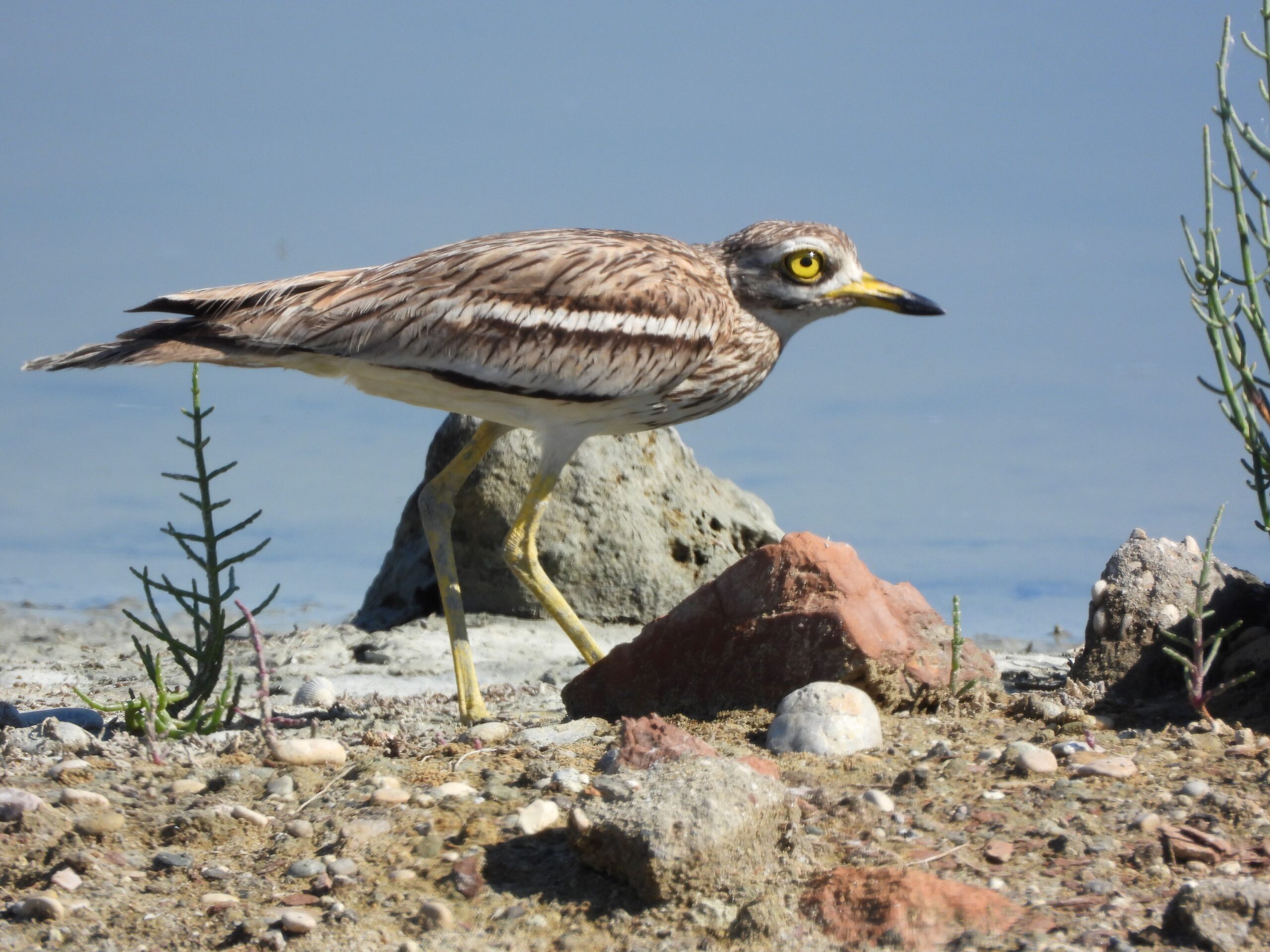
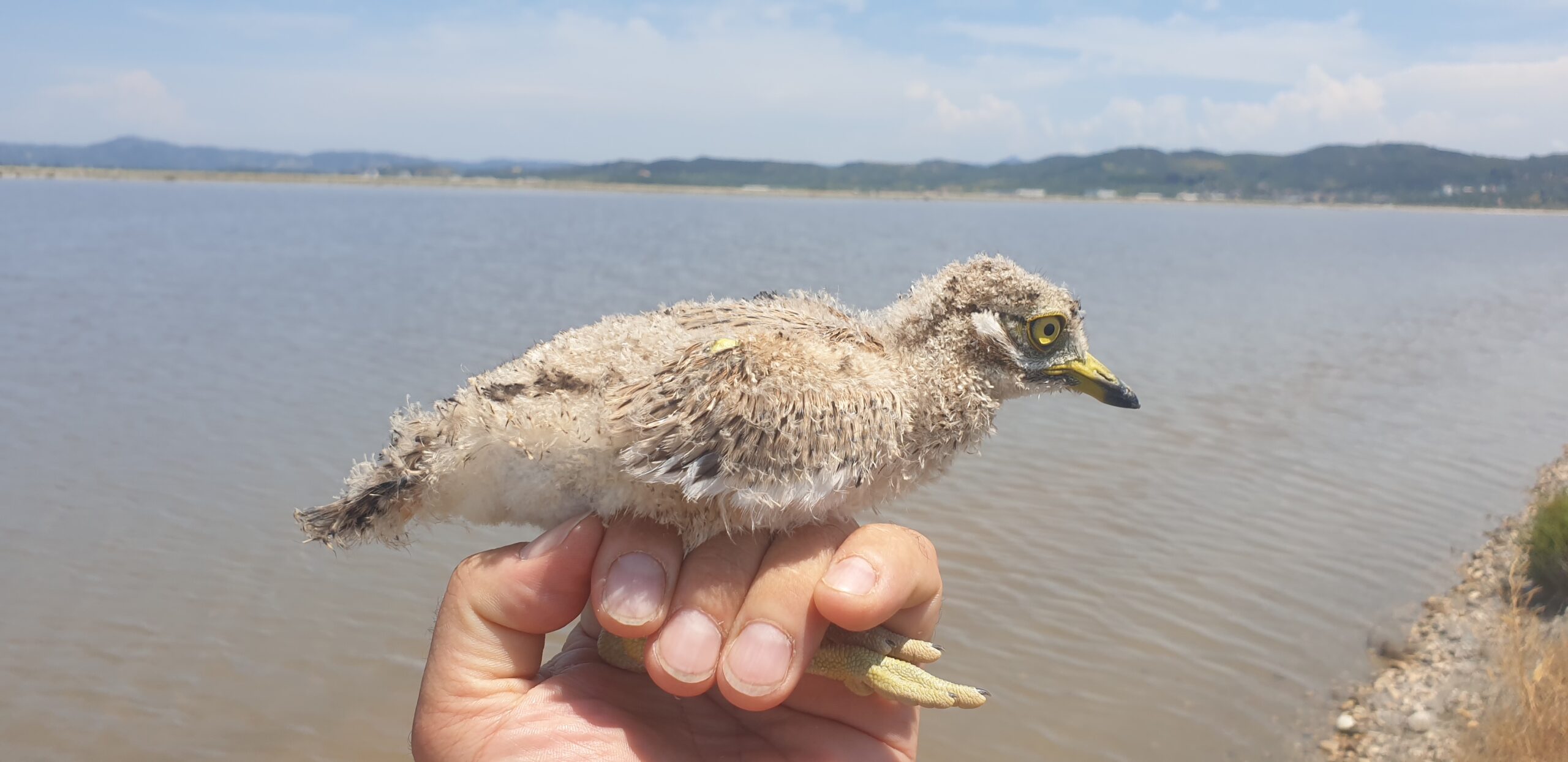


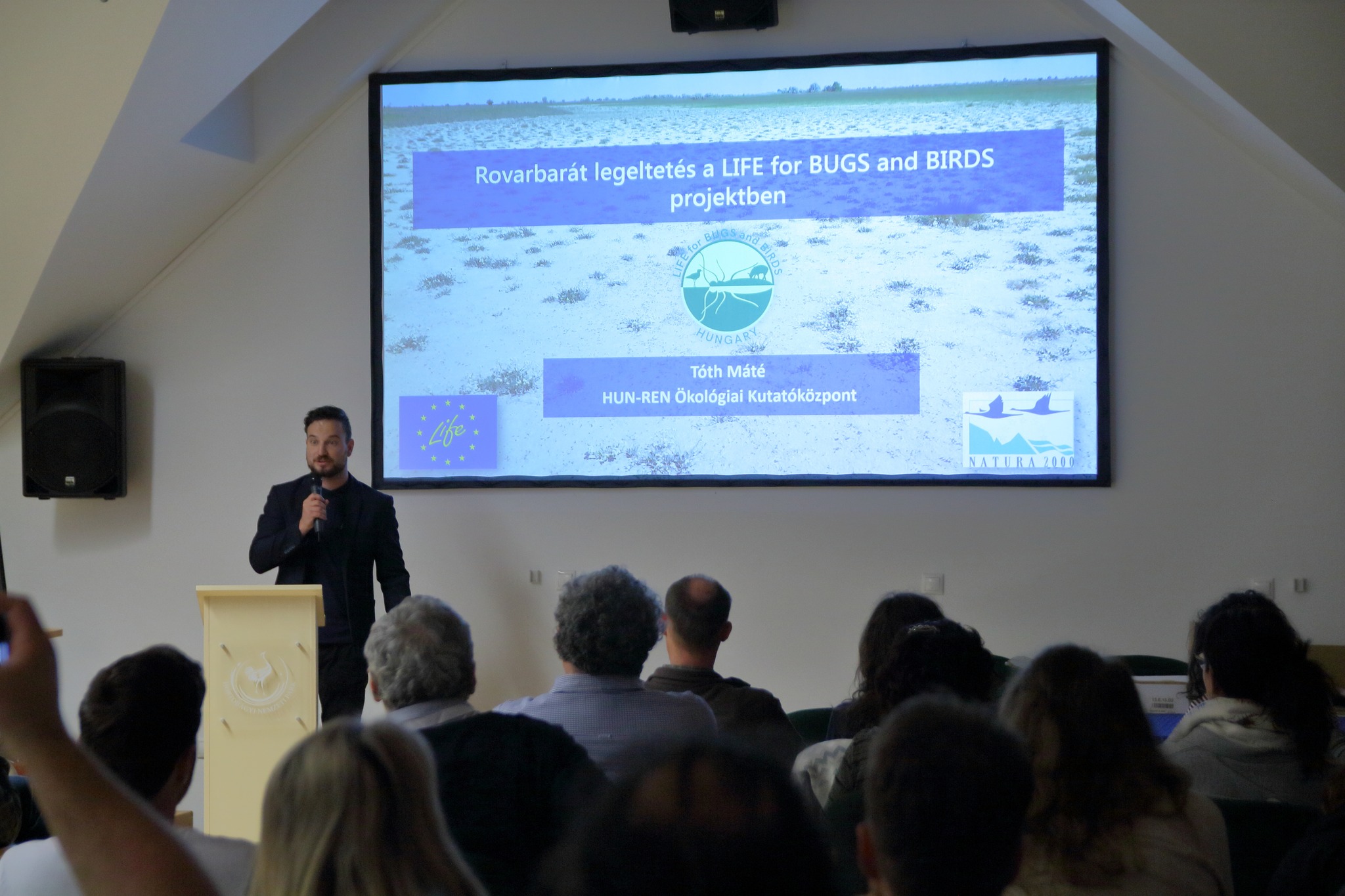
There was a huge interest in the 2nd Biodiversity Conference organised by the LIFEforBUGSandBIRDS project, the Biodiversity Centre of the University of Debrecen, the Faculty of Agricultural, Food Sciences and Environmental Management of the University of Debrecen and the Hortobágy National Park Directorate. The theme of the event was innovative conservation with animals, focusing on regenerative agriculture, grazing and rewilding. The conference was attended by representatives of the most prominent national conservation organisations as well as international experts. The two-day conference, which included presentations and field activities, had a great atmosphere, and provided a great opportunity for professional exchange and learning from each other’s work.
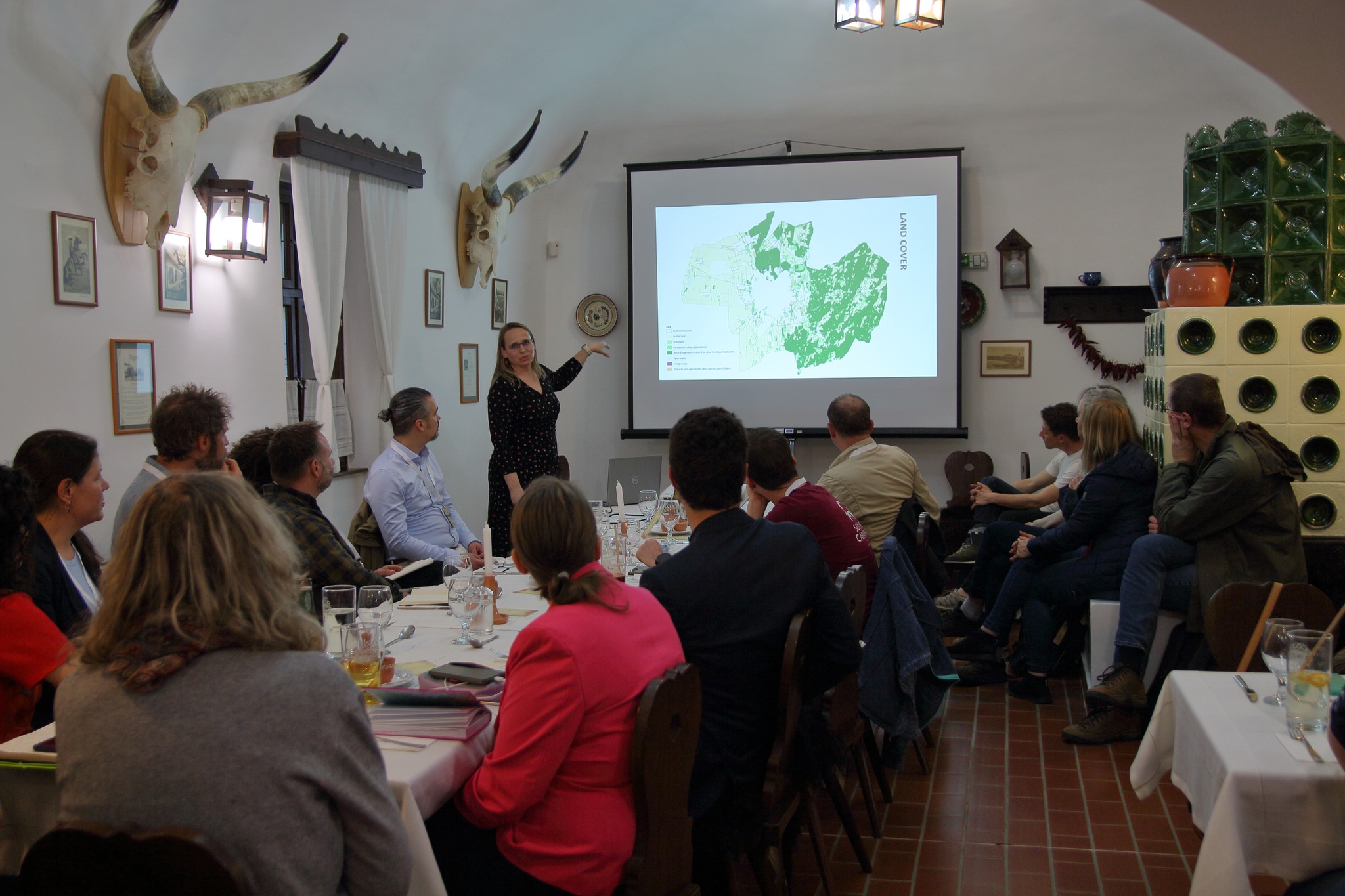
The venue was provided by the Visitor Centre of Hortobágy National Park. We thank all those present for their participation!
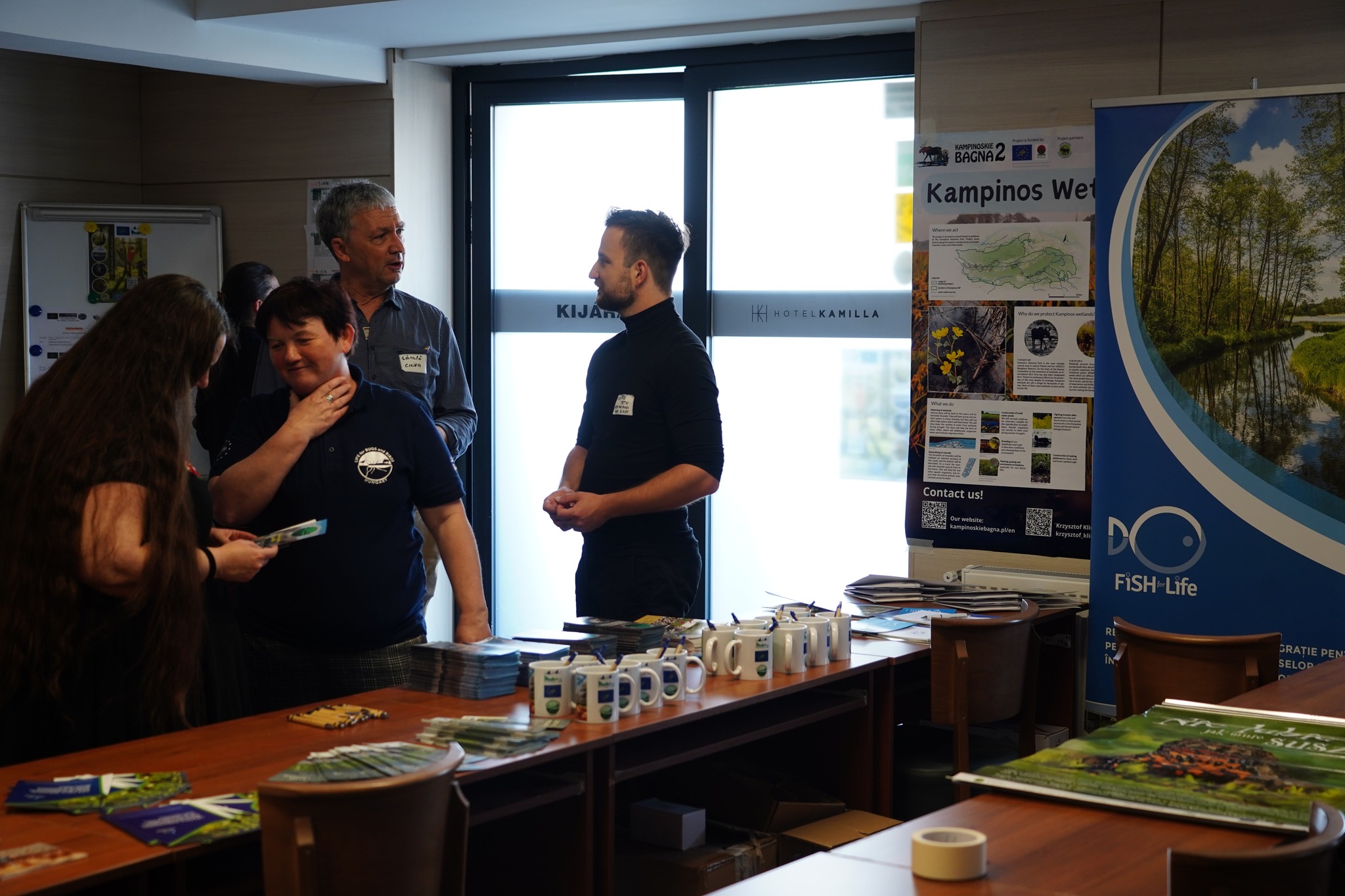
At the end of March, the LIFEforBUGSandBIRDS project also participated in the Central and Eastern European LIFE Projects Platform Meeting Conference (CEE InterLIFE-Hungary 2025) in Balmazújváros, where participants from several Central and Eastern European LIFE projects gathered to present their activities and share their professional experiences.
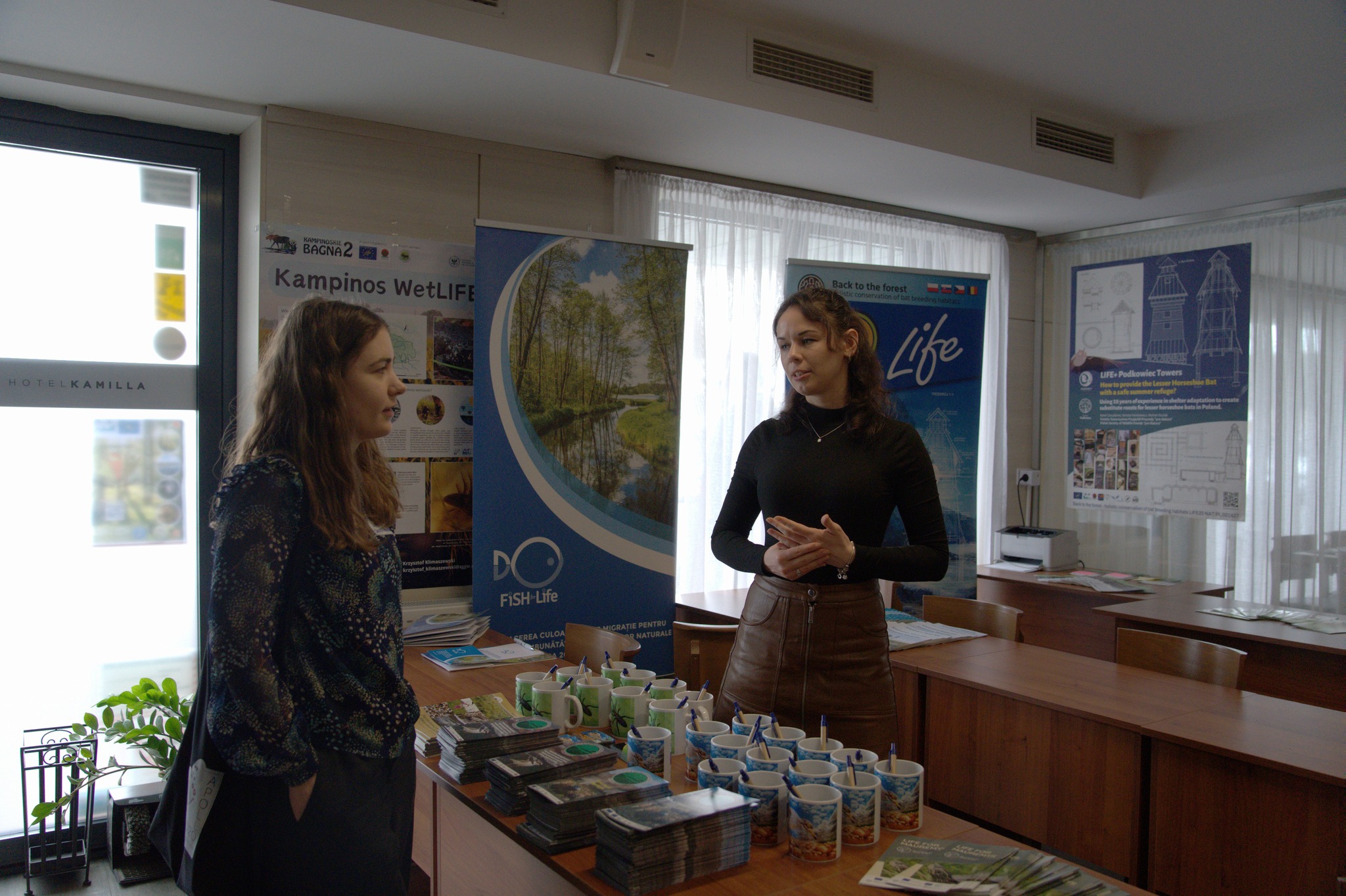
At the meeting, several promotional tools were presented and distributed among the participants and a presentation was given on the project in Miklapuszta.
Photos: Attila Szilágyi
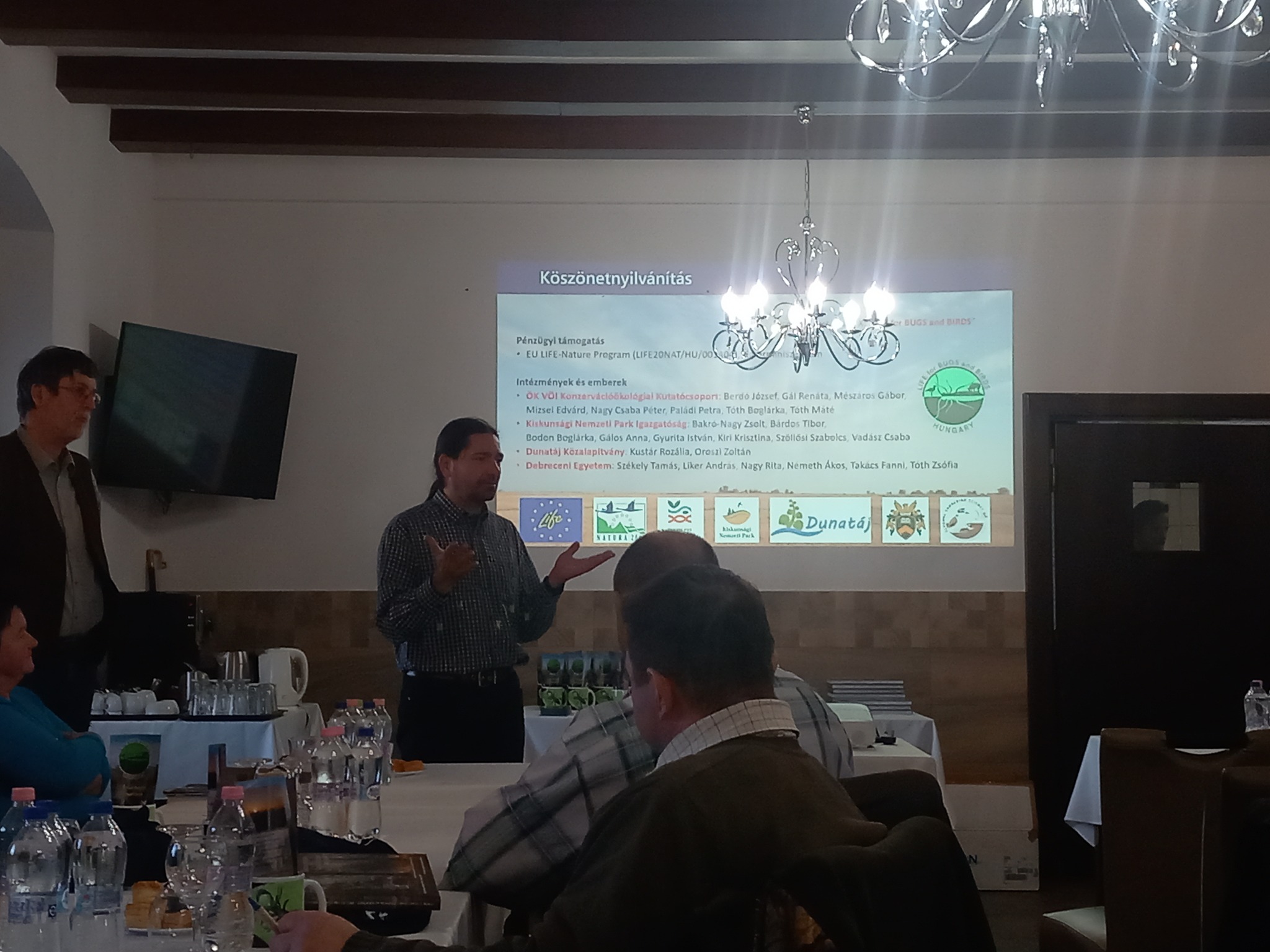
We started the year by organising a regional workshop, where we introduced the project and the idea and methods of insect-friendly grazing for shepherds and farmers involved in livestock grazing. The workshop allowed the sharing of experiences and opinions about the subject among shepherds, farmers and researchers. Based on the feedback received, the workshop was very useful for both the farmers and us as we learned a lot from each other, for which we thank the participants.
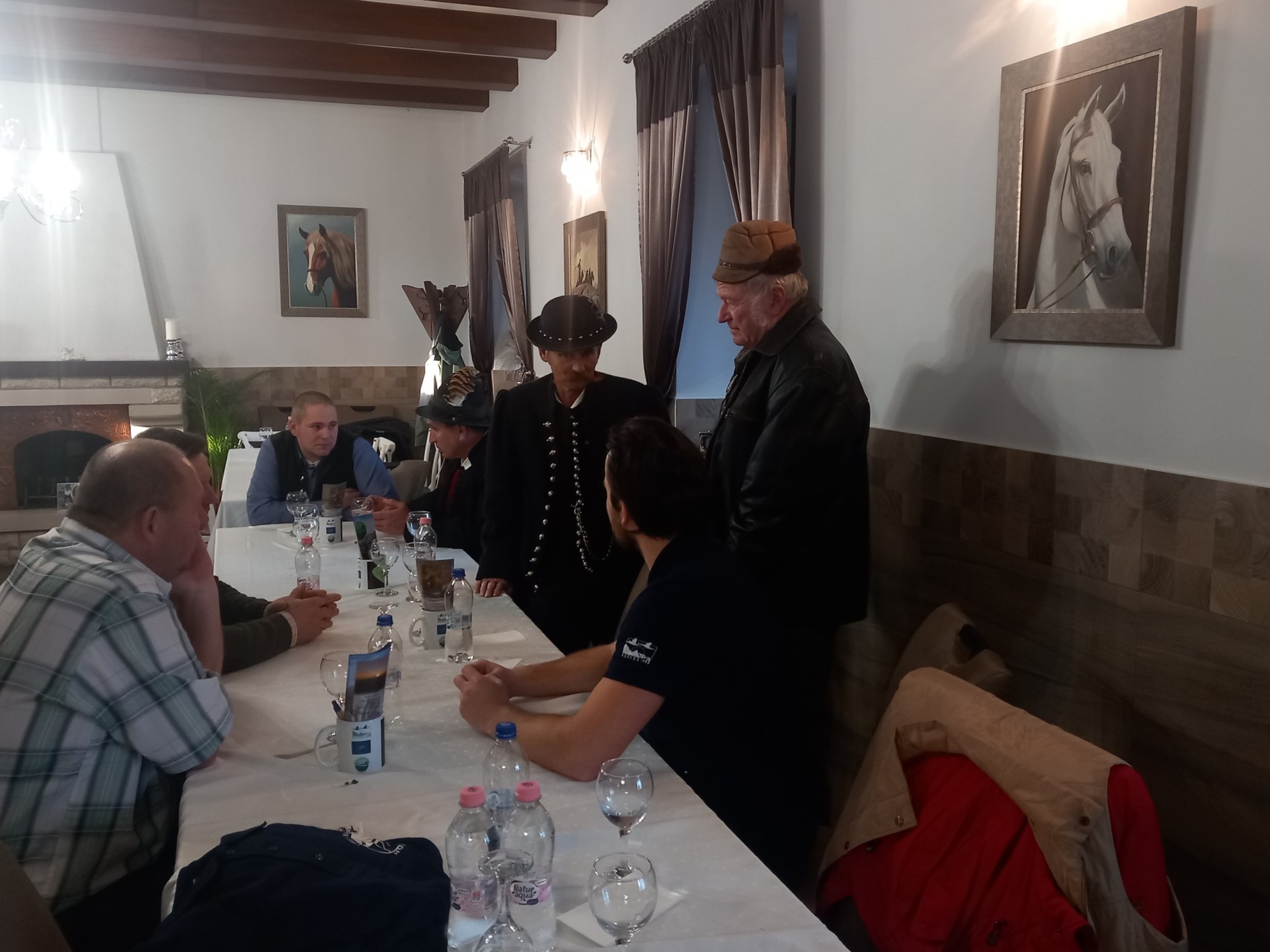
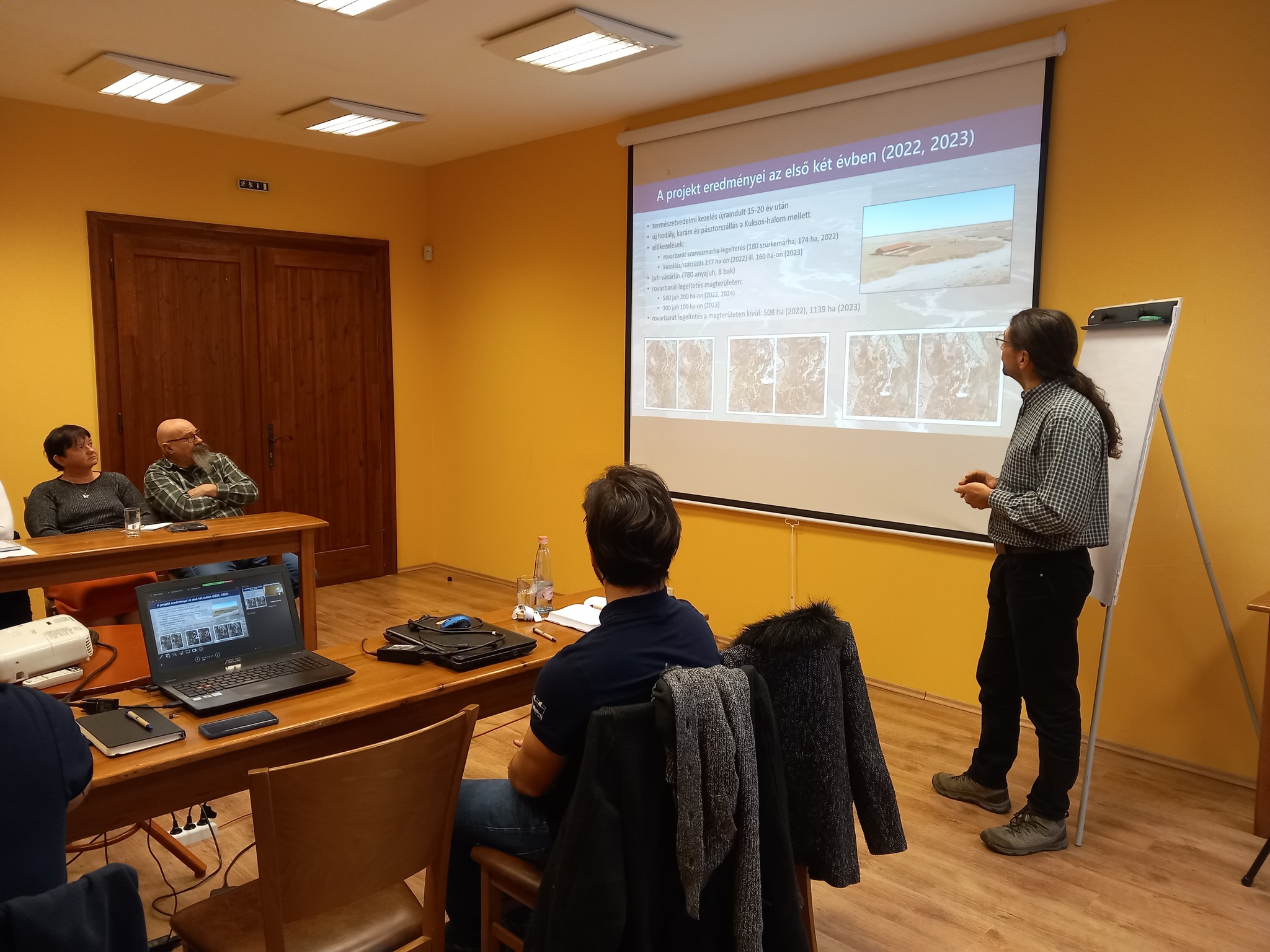
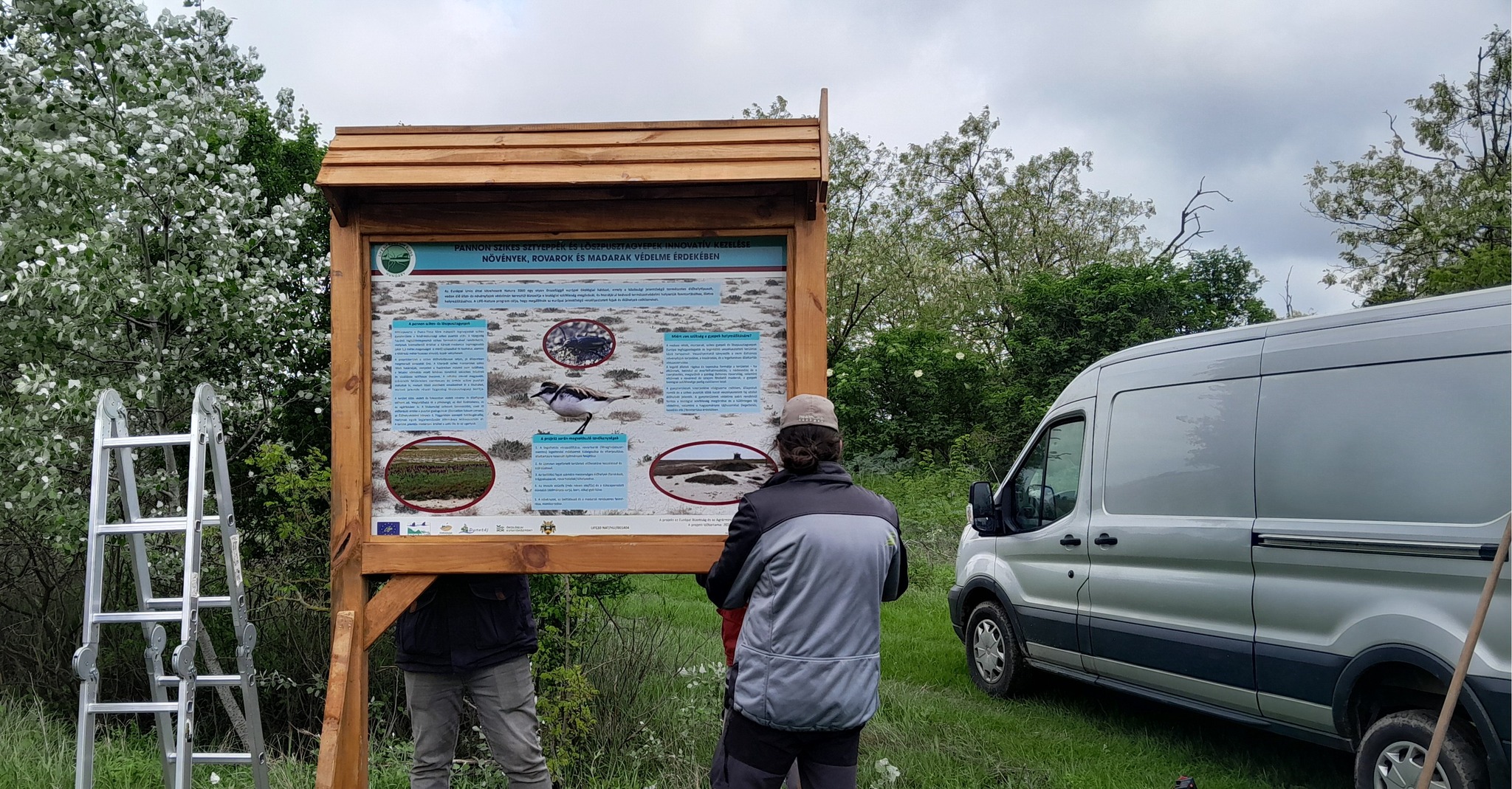
We have installed information boards to demonstrate the project activities and the natural values of the area. One of the four boards is located in the courtyard of the busy Pilgrims’ House in Harta, where locals and visitors from further afield can learn about our activities. The other three have been installed on the edge of the project area, and one of them is along a nature trail that will soon be built.
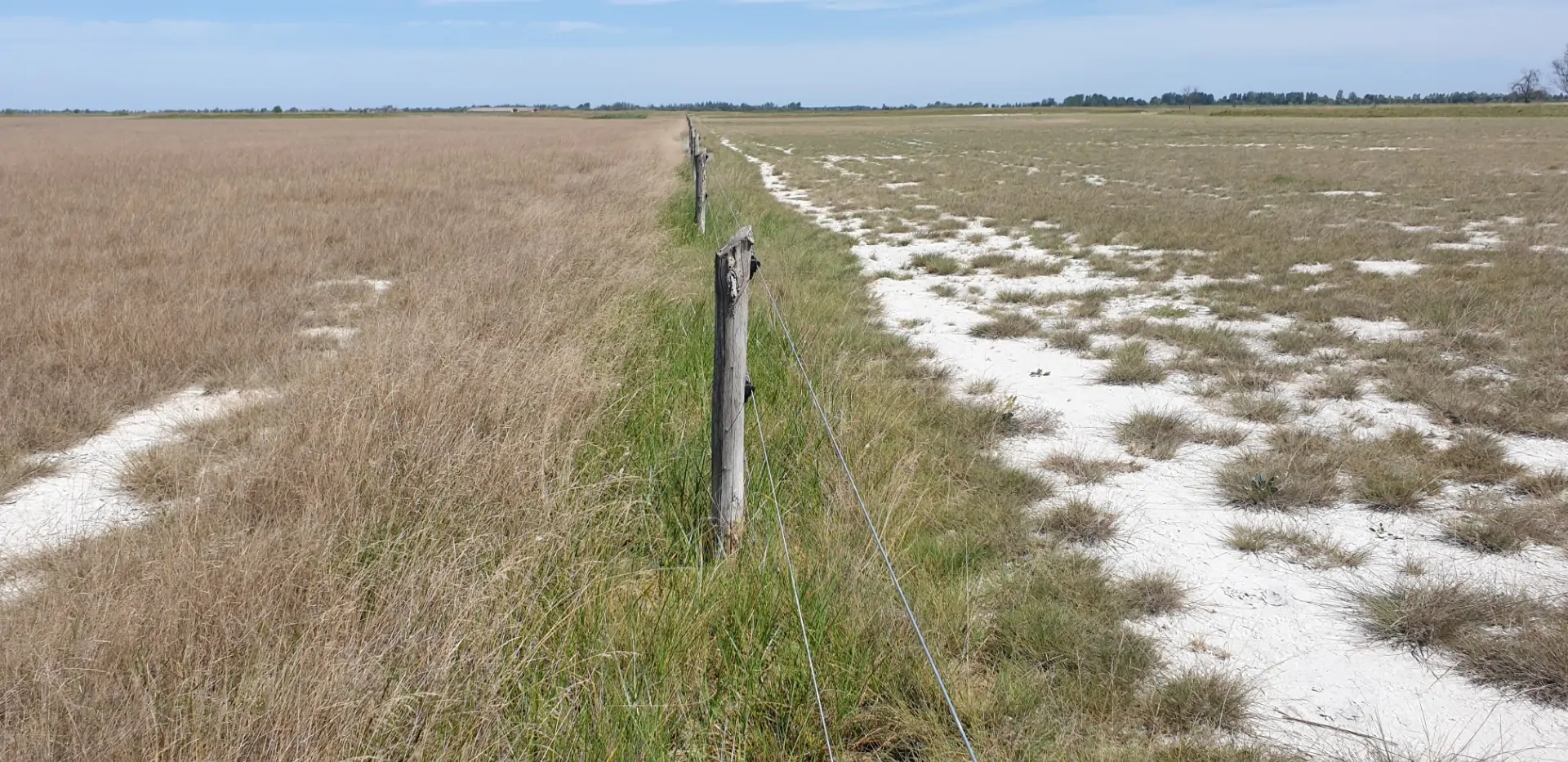
Sheep grazing has returned to the Miklapuszta project area after several decades. Currently, around 200 Grey Cattle and 500 sheep are roaming the landscape, effectively implementing habitat management in the protected area. Once upon a time, 2000 to 2500 sheep grazed in Miklapuszta. As livestock farming declined, sheep-grazing gradually disappeared from the core project area, where a grassy steppe vegetation has established and several undesirable plant species (Common Reed, Russian Olive, Common Milkweed) have proliferated. Livestock control these plants by their grazing and trampling, and their manure provides nutrients to the native vegetation and for the development of arthropod larvae, which can provide food for insectivorous birds, particularly to two target species of the project, the Eurasian Stone Curlew and the Kentish Plover. Grass kept short by grazing animals are preferred breeding habitats for these birds.
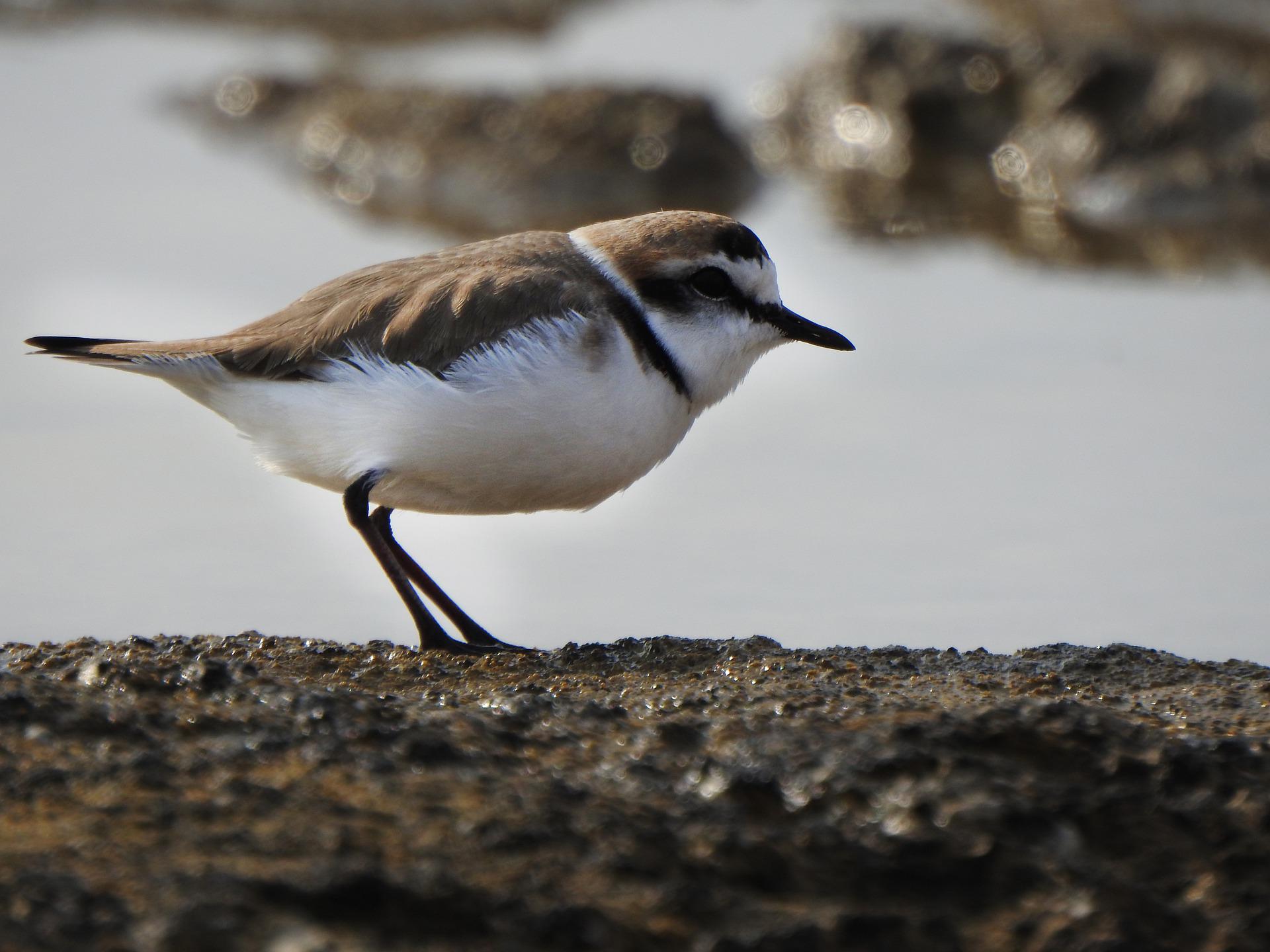
One of the target species of the project is the Kentish Plover, a small shorebird of outstanding conservation value not only in the area, but in Hungary as a whole. Its population varies a lot between 0 and 20 pairs in Hungary. The bird can be observed on bare alkali surfaces, alkali lakes and beaches. The disappearance, drying and sedimentation of alkali lakes in Hungary have negative impacts on the species. Grazing with sheep is very important for its conservation. Grazing animals reduce vegetation and the insects that develop in their dung provide food for birds. The nest of the Kentish Plover is a scrape in the ground in which they usually lay 3 eggs.
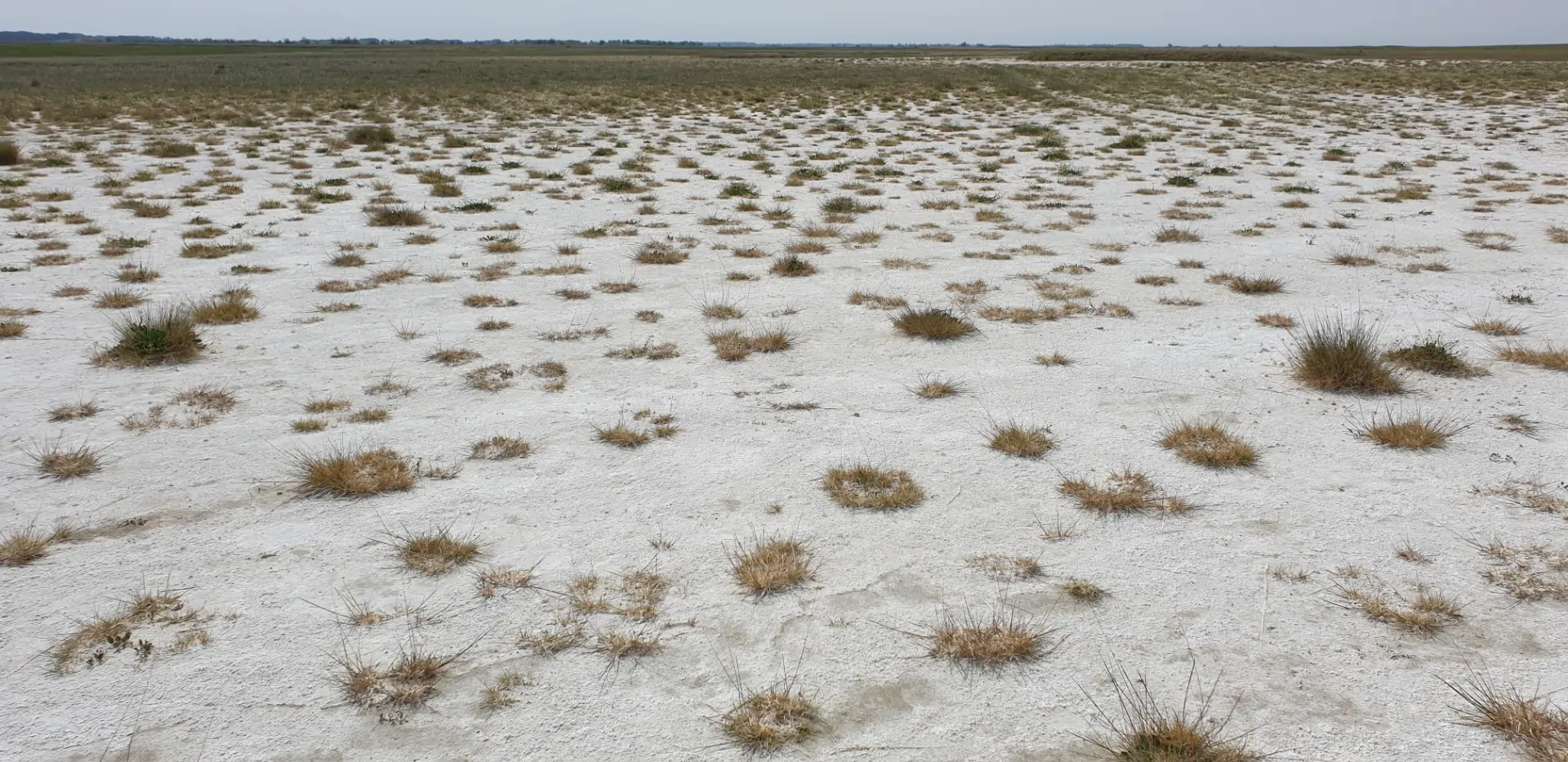
The “Miklapuszta” landscape unit of Kiskunság National Park is located in the centre of the country, in Bács-Kiskun County. It is a nationally protected natural area, covering more than 6,000 hectares. Perhaps the country’s most beautiful alkali grasslands are found here: kilometres of bare alkali surfaces, separated by loess plateaus up to 1-1.5 metres high and by marshes and meadows in deeper-lying areas. About one-fifth of its area is part of the Állampuszta National Prison. Experts from the Centre for Ecological Research, the Kiskunság National Park Directorate, the Élvonal Shorebird Science team of the University of Debrecen and the Dunatáj Nature and Environmental Protection Public Foundation are implementing a conservation project here with the support of the European Union’s LIFE-Nature programme, which includes the re-establishment of grazing, the eradication of invasive plants, and the study of the effects of anti-worm veterinary drugs on arthropod and bird diversity.
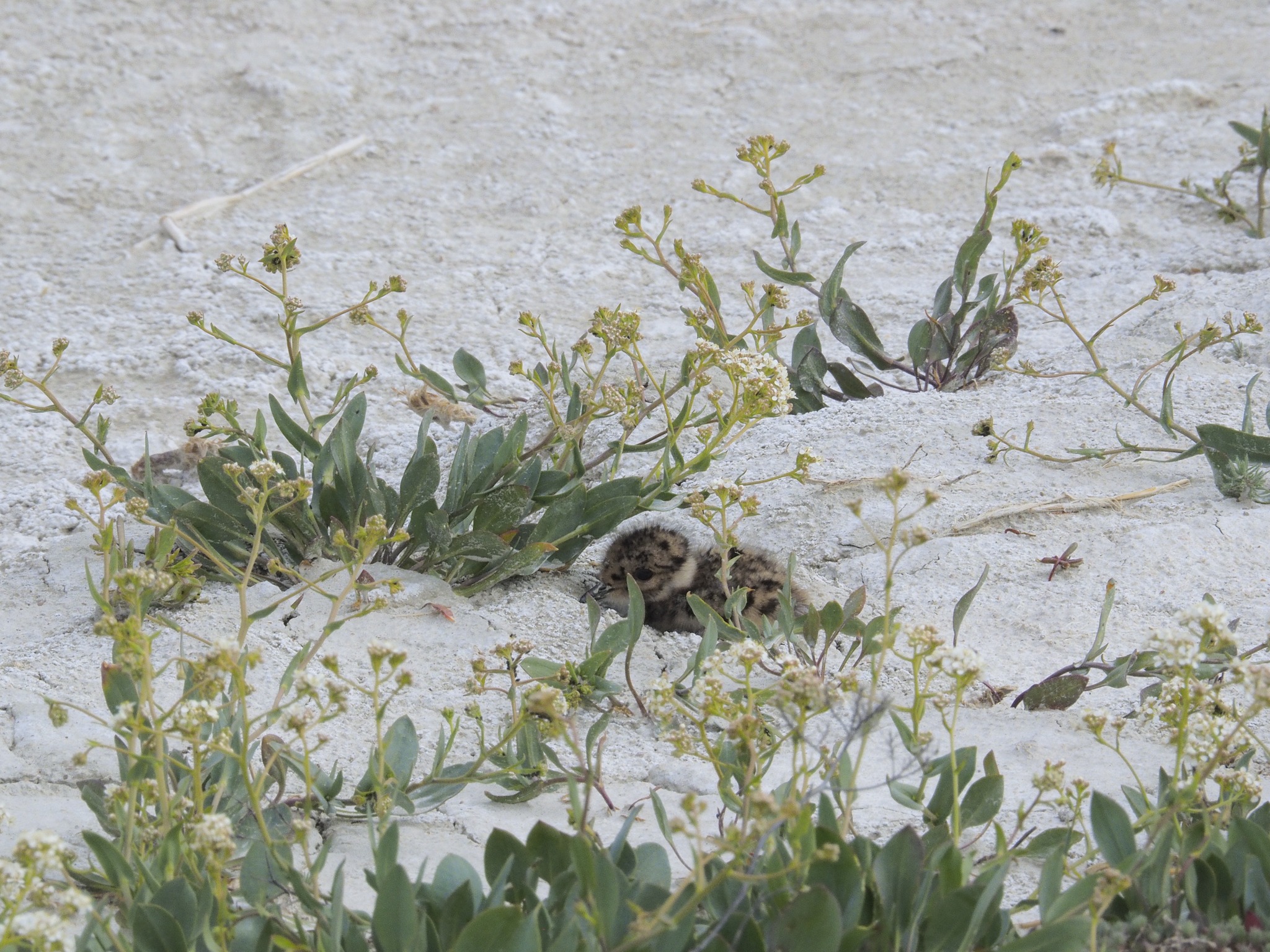
In the project, the University of Debrecen conducts continuous surveys of shorebird populations and the monitoring of their nests. Nesting success studies provide important information both on habitat quality and the impact of habitat management implemented in the project. This year, we monitored a total of 169 nests of four species (Northern Lapwing, Pied Avocet, Black-winged Stilt, Common Redshank) from nest-building to the fledging of chicks. Among them, we observed families with chicks of the Kentish Plover, one of the target species of the project. In addition, we fitted colour rings on a total of 14 chicks of three species, which will help us to monitor them more effectively in the future.
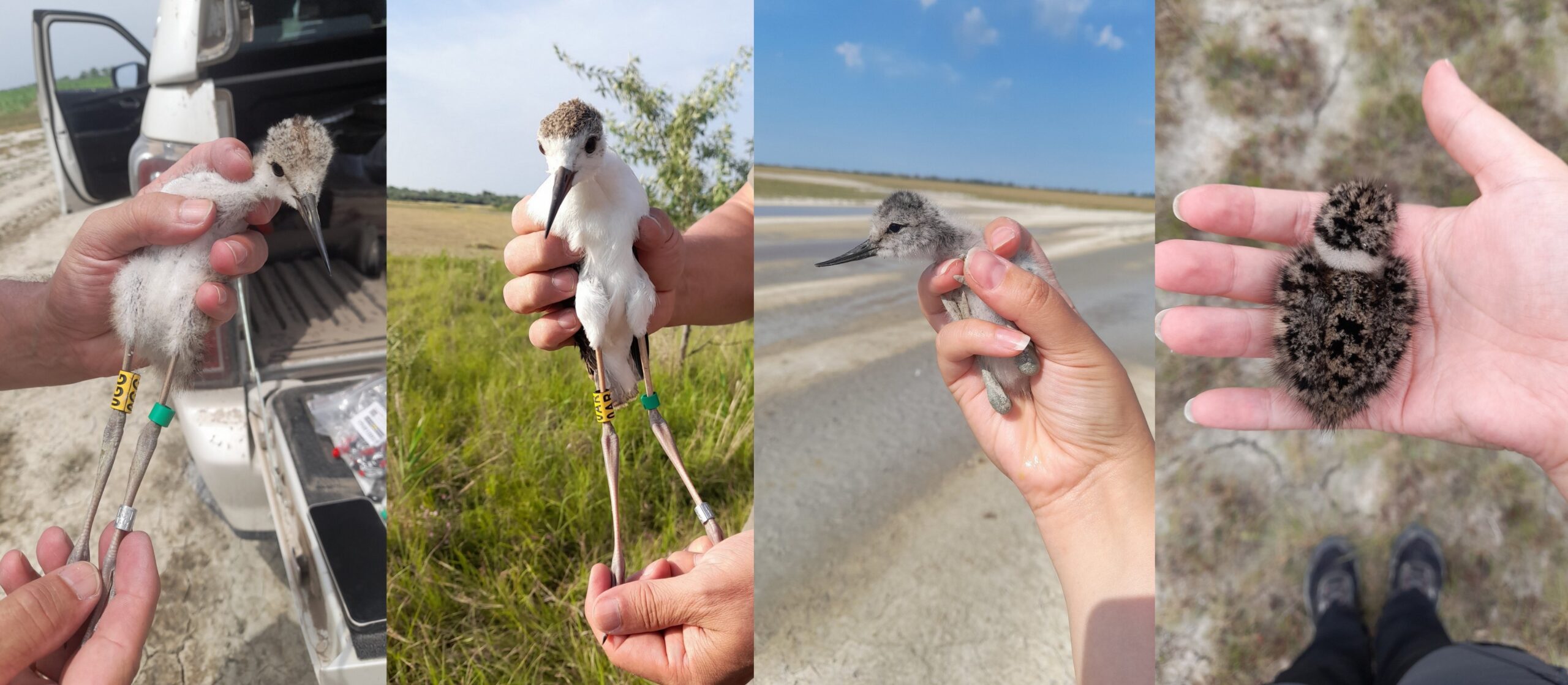
Photos: Lilla Kocsis